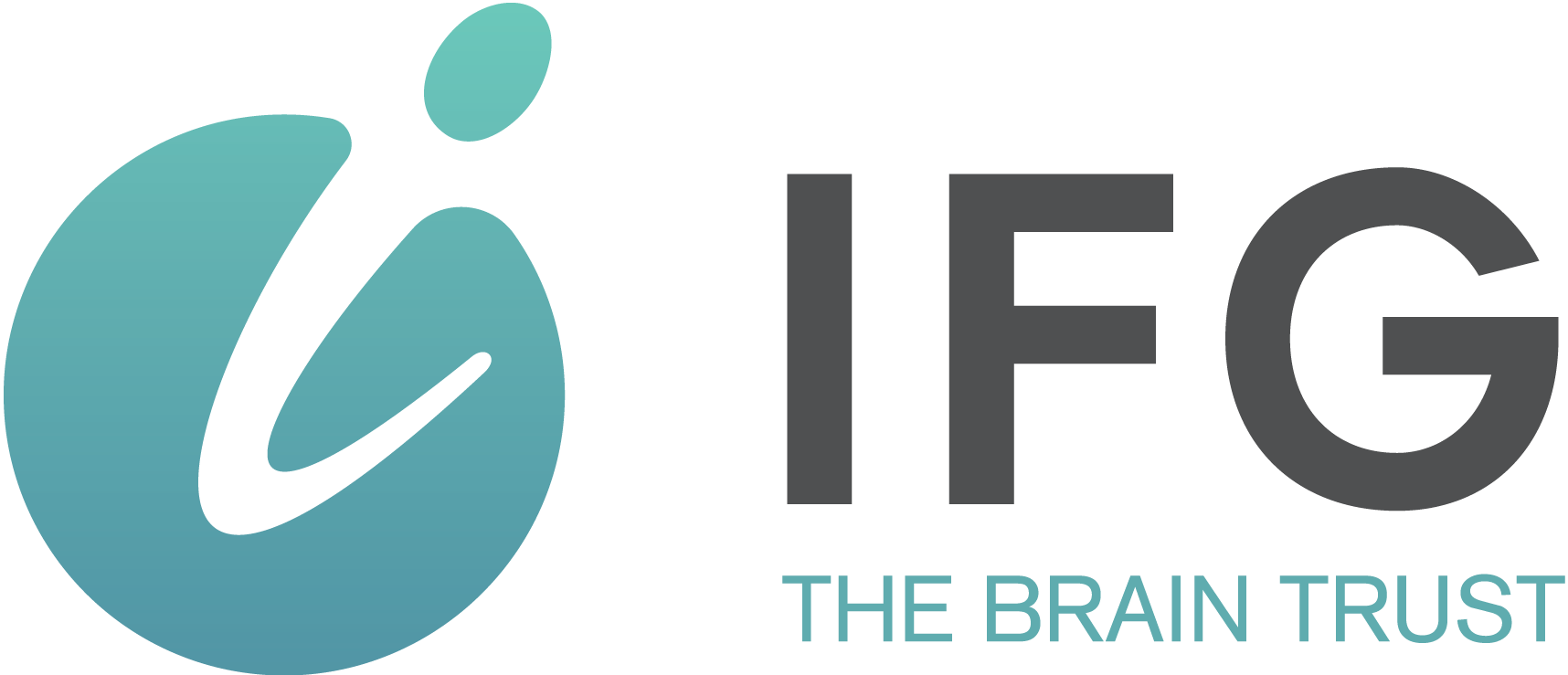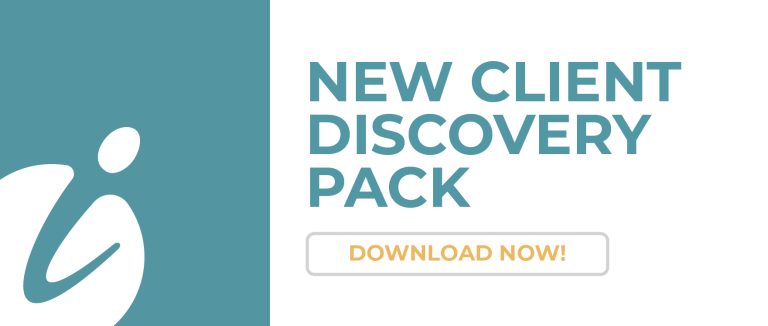- February 21, 2024
How to Navigate Client Segmentation for Financial Advisors

If you thought that playing favorites was just for the schoolyard, think again. We’re about to let you in on an open secret of the marketing world: client segmentation. It’s a bit like picking your favorite child (not that we’d ever do that!).
But it is all about recognizing that not all clients are created equal and treating them accordingly. You wouldn’t give a five-year-old the keys to your Mercedes, right?
Well, when it comes to marketing, operating and growing your financial practice, we have similar analogies. We’re talking about identifying different client groups based on their needs, characteristics, and how much green they bring to your table. This isn’t about being unfair; it’s about being smart and efficient.
So, let’s dive into the nitty-gritty of client segmentation and see how this strategy can help you streamline operations and boost growth.
What is Client Segmentation?
Client segmentation is a potent process that allows financial advisors to identify unique client groups based on various attributes and attitudes. The process provides insightful data that can help you concentrate on strategic growth goals, streamline human capital resources, and augment the overall client experience.
Why Do We Need Client Segmentation?
Here are seven reasons why client segmentation is vital to your business:
1. Assess profitability: Segmenting clients allows you to determine which clients are most profitable to your business, allowing for more focused marketing and service.
2. Evaluate advisor capacity: By segmenting clients, you can assess how much time and resources your advisors need to effectively service each group.
3. Inform the client experience: Client segmentation provides valuable insights into the unique needs and preferences of different client groups, which can inform how you tailor your client interactions and services.
4. Determine demographics and characteristics of top clients : By segmenting your clients, you get a clearer picture of who your top clients are demographically and in terms of their unique attributes.
5. Assess what services to provide to which clients: Not all services are suitable for all clients. Client segmentation allows you to determine what services are most relevant to each client segment.
6. Assign service models to client segments: Different client segments may necessitate different service models. Segmentation allows for this differentiation.
7. Identify clients ideal for shifting to newer advisors to address capacity challenges: Some clients may be better served by newer advisors, particularly if capacity is a challenge. Client segmentation can help identify these opportunities.
How to Use Client Segmentation
When segmenting clients, it’s essential to limit the number of criteria used. Starting with just three to five drivers can streamline the process and prevent it from becoming overwhelming.
Further, firm leaders must establish baseline criteria and apply them consistently across all advisory teams to prevent operational inefficiencies.
Some drivers to consider include:
- Assets Under Management (AUM) and revenue
- Client demographics, such as age, profession, marital status, location, and multi-generational engagement
- Relationship factors, like referrals, level of services used, and adaptability to your technology.
Top Segmentation Practices for Financial Advisors
Top practices for client segmentation include conducting the exercise annually as part of strategic planning, considering how segments may impact profitability, identifying attributes and personas of top clients, and assessing the concentration of clients in certain segments.
- Conduct the segmentation exercise annually as part of strategic planning: Regular segmentation allows for real-time updates and ensures that your client strategies reflect current market conditions.
- Consider how segments may impact profitability: Not all client groups will contribute equally to your bottom line. Understand the profitability of each segment to allocate resources effectively.
- Identify attributes and personas of top clients: Understanding the characteristics of your most valuable clients helps in refining your client acquisition strategies and developing services that cater specifically to these individuals.
- Assess the concentration of clients in certain segments: High client concentration in a particular segment can indicate a need for specialized services or highlight potential risk areas in your client base.

The Bottom Line
In conclusion, client segmentation is a potent tool for any independent advisor aiming to manage their client base efficiently. By understanding the unique needs, characteristics, and profitability of different client groups, financial advisors can better tailor their services and strategies for growth.



